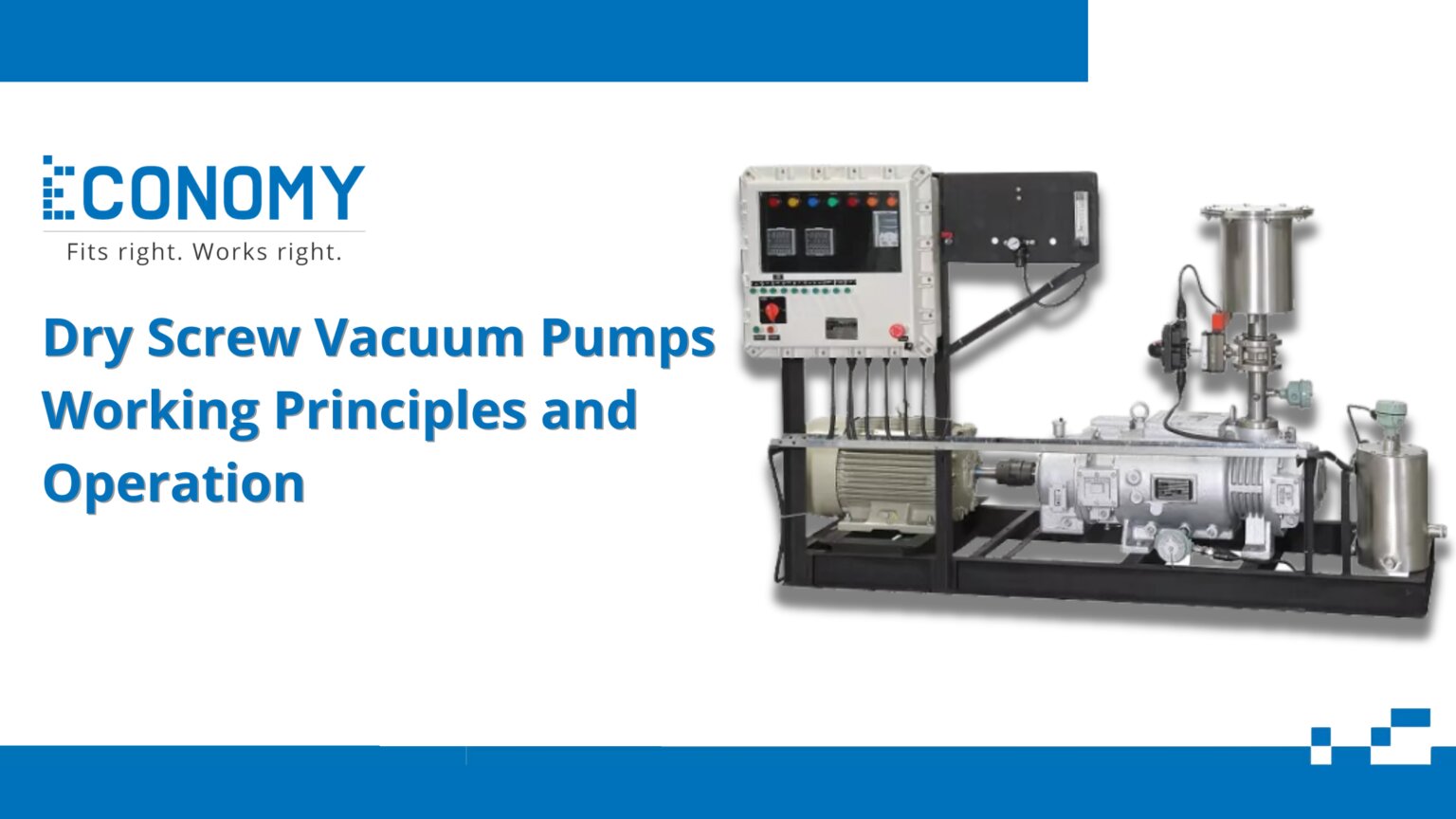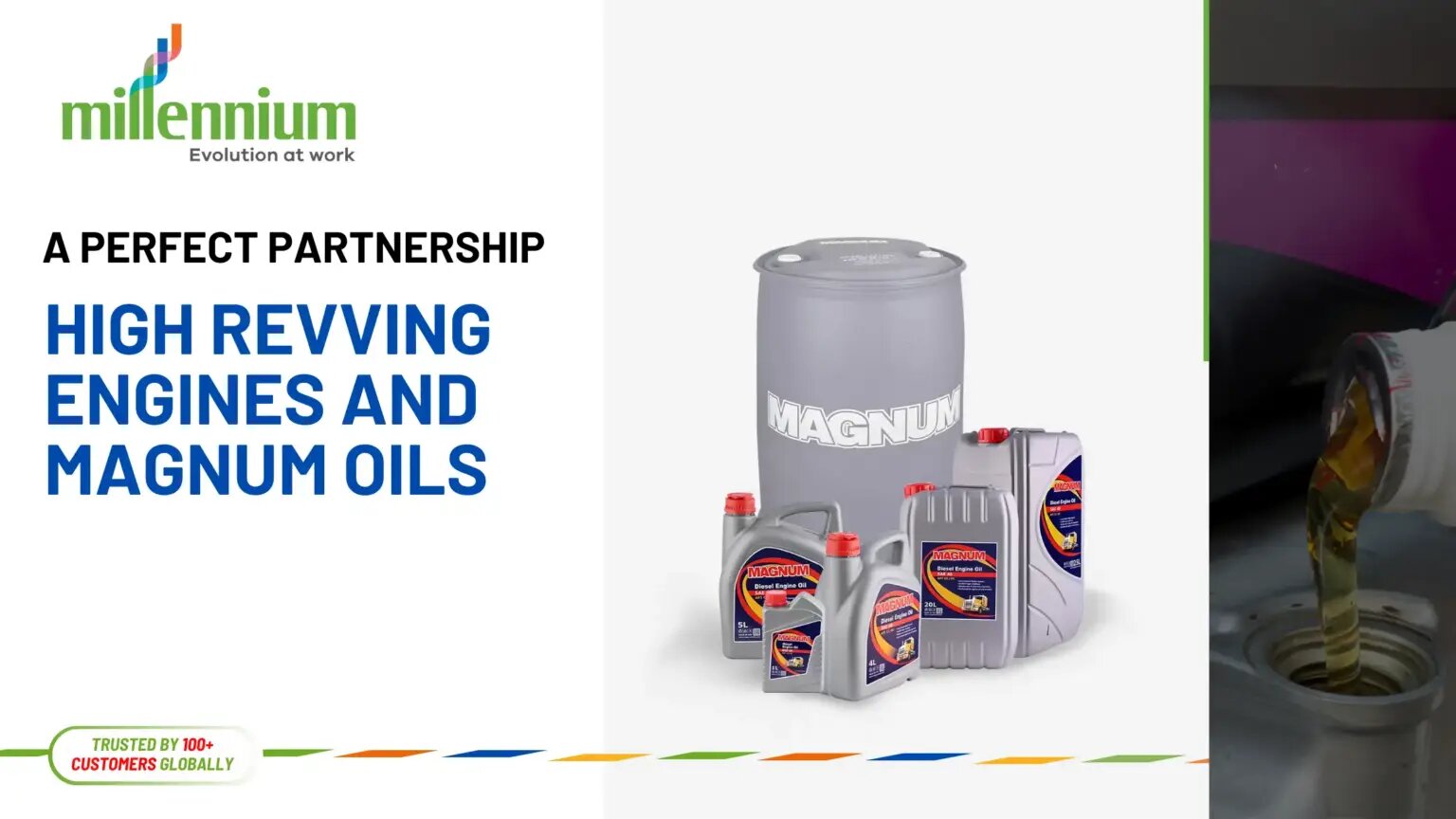Introduction To Dry Screw Vacuum Pumps
Welcome to the world of dry screw vacuum pumps! These innovative machines play a crucial role in a wide range of industries, from manufacturing and pharmaceuticals to semiconductor production and research facilities. Dry screw vacuum pumps are known for their reliability, efficiency, and low maintenance requirements, making them a popular choice for many applications.
In this guide, we will delve into the principles and operation of dry screw vacuum pumps, providing you with a comprehensive understanding of how these powerful devices work. Whether you are new to the world of vacuum technology or looking to expand your knowledge, this guide will equip you with the information you need to make informed decisions when it comes to selecting and operating dry screw vacuum pumps.
Principles Of Operation Of Dry Screw Vacuum Pumps
The basic principles and operation of dry screw vacuum pumps are based on a simple yet effective design. These pumps utilize two parallel screws that rotate in opposite directions to create a vacuum within the pump chamber. As the screws turn, they trap and compress gas molecules, pushing them towards the exhaust port. This continuous movement of gas creates a suction effect, pulling more gas molecules into the pump and ultimately lowering the pressure within the system.
One key advantage of dry screw vacuum pumps is that they do not require any lubrication or sealing fluids, making them ideal for applications where contamination must be avoided. Additionally, their simple design results in minimal maintenance requirements and long service life. Understanding these principles is essential for beginners looking to effectively operate and maintain dry screw vacuum pumps.
Components And Maintenance Of Dry Screw Vacuum Pumps
Dry screw vacuum pumps consist of several key components that work together to create a vacuum environment. The main components include the screws, housing, inlet and outlet ports, bearings, and seals. The screws are responsible for creating the vacuum by rotating and trapping gas molecules between the threads. The housing encloses the screws and provides support for their operation. Inlet and outlet ports allow gas to enter and exit the pump during operation.
Bearings ensure smooth rotation of the screws, while seals prevent leakage of gas from the pump. Maintenance of dry screw vacuum pumps is crucial to ensure optimal performance. Regular inspection of components, lubrication of bearings, replacement of worn seals, and cleaning of inlet/outlet ports are essential tasks to keep the pump running efficiently.
Applications And Benefits Of Dry Screw Vacuum Pumps
Dry screw vacuum pumps are widely used in various industries due to their high performance and efficiency. One of the key benefits of these pumps is their ability to handle both wet and dry processes, making them versatile for a wide range of applications. They are commonly used in semiconductor manufacturing, pharmaceutical production, food processing, and automotive industries.
Dry screw vacuum pumps offer several advantages over traditional oil-sealed pumps, including lower maintenance requirements, reduced risk of contamination, and higher reliability. They also provide consistent performance over time, resulting in improved process efficiency and cost savings for businesses. Overall, the applications and benefits of dry screw vacuum pumps make them an essential tool for maintaining high-quality production standards in modern industrial settings.





